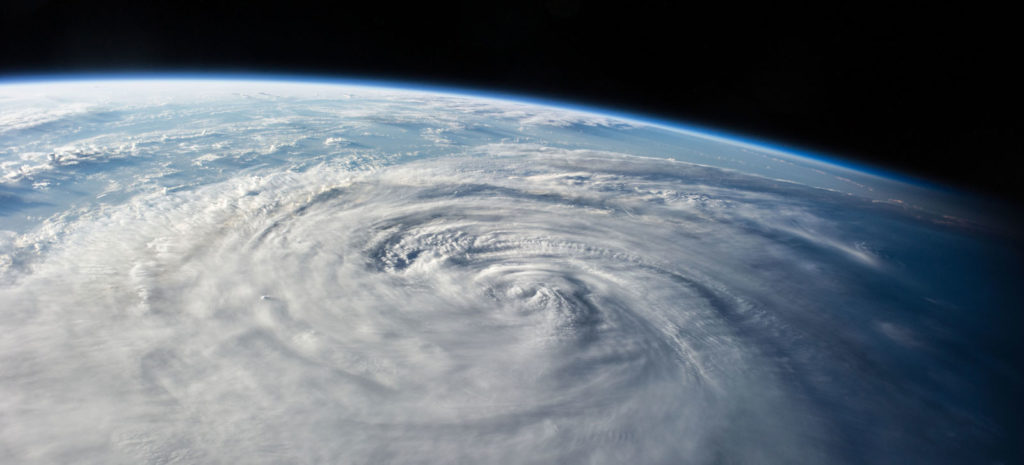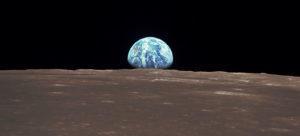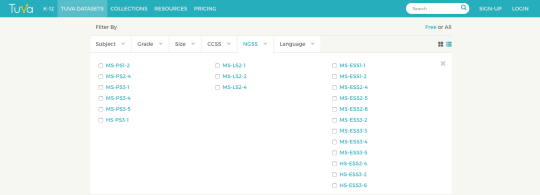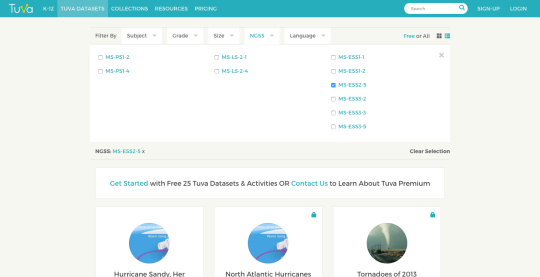“Have lights when other men are blind
As pigs are said to see the wind”
Aside from Ralph Waldo Emerson’s claim (paraphrasing William Butler), of all Earth systems, the atmosphere can be one of the hardest for (non- pig) students to perceive.
Although we breathe in atmosphere every minute, its chemistry, layers, air masses, and patterns of movement occur at large scales and are often invisible.
We can feel the wind, but how can we discern its large-scale geographical and temporal patterns? Through data, of course!
Following up from the release of our first Tuva Science Collection on Earth in Space, today we are excited to introduce Tuva’s second science collection – Atmosphere.

The Atmosphere Collection includes datasets and activities that explore differences among vertical layers in the atmosphere, geographic variability in atmospheric pollutants, and temporal changes in components of the atmosphere such as the stratospheric ozone layer.
Some of the activities also explore weather and climate data to make sense of how air masses move.
Key ideas supported by datasets and activities in Tuva’s Atmosphere Collection include:
- The size of the Antarctic ozone hole changes seasonally and is correlated with atmospheric concentrations of CFCs.
- Atmospheric concentrations of CO2 and other pollutants have increased during recent decades, as has human population.
- Relationships between different atmospheric parameters can be modeled and predicted mathematically.
- Air masses can transport pollutants from source areas to distant non-source areas.
- Human actions to mitigate air pollution can improve air quality.
The activities support NGSS performance expectations, such as exploring evidence for how motions and interactions of air masses result in changes in weather conditions (MS-ESS2-5), or analyzing geoscience data to forecast of the rate of change in the ozone hole (HS-ESS3-5).
These activities also support a number of CCSS-Math standards such as modeling relationships with linear equations.
Don’t forget to give your students opportunity to explore data on their own to make their own discoveries. Help your students learn to “see the wind” — through data!
The Earth in Space and Atmosphere collections are available for Tuva Premium Subscribers.






